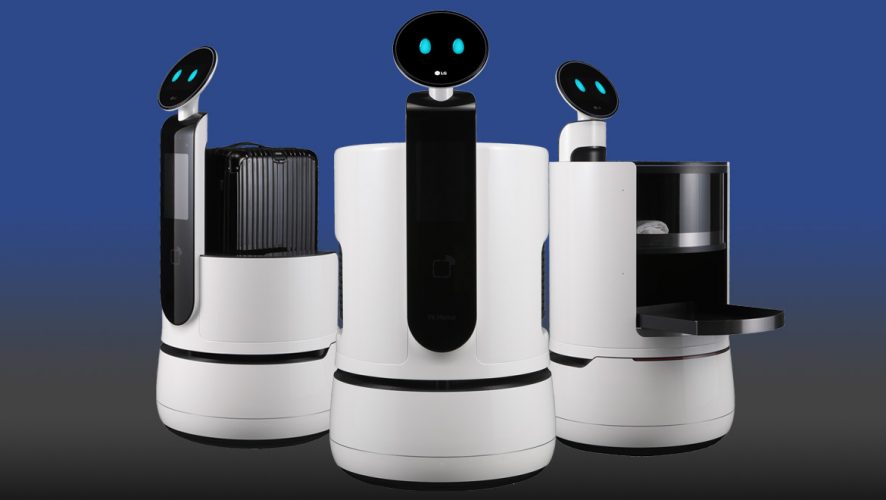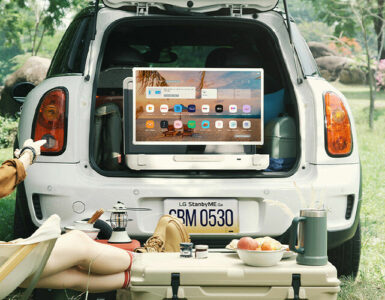The concept of AI has always been a source of fascination for mankind, often used in the realm of films, literature, or games. Back in the golden days of the 20th century, the real-life materialisation of AI entities seemed but a grandiose dream. Yet, as technology evolved, the plan started to take shape, and before long, humanoid robots have made their presence known in society.
In 2018, the robotics industry is set to grow even further, partly in thanks to LG Electronics’ addition of three new work robots into its existing repertoire.
Known as the Serving Robot, Porter Robot, and Shopping Cart Robot, these creations are part of the company’s new CLOi (pronounced “KLOH-ee”) robot line, which recently saw successful trial runs at Korea’s Incheon International Airport for its Airport Guide Robot and Airport Cleaning Robot models.
Fans of the sci-fi genre should be familiar with the kind of AI-goes-rogue narrative found in fictional media. Of course, this is hardly the case here – the robots are designed with a sole purpose in mind, and that’s to serve the public in more efficient, faster ways.

Their model names are rather self-explanatory. For instance, the Serving Robot’s task is to deliver meals and drinks to guests and customers at hotels and airport lounges around the clock, while the Porter Robot is made to carry luggage to guests’ room. Meanwhile, the Shopping Cart Robot allows customers to scan items, and view product details.
Apart from meeting the minimum requirements of their assigned job scope, these robotic critters are equipped with intelligent features as well. The Porter model is able to make its way back from where it came from, and latter can handle express check-in and check-out services, in addition to taking care of payment.
On the other hand, its shopping service-oriented counterpart helps to guide shoppers to the products they select on a smartphone app – especially handy in cases of cluttered items, and spaced-out supermarkets.
LG’s transformation into an AI company seems to be off to a good and steady start with the extra addition of the work robots. While the idea of using them is not a novel one, it certainly doesn’t hurt to use a few of the robots, especially if the end goal is to bring in maximum efficiency for customers. In an industry built upon the teamwork of both human effort and robots, slow service may just soon become a thing of the past.













